Pawscessories is reader-supported. When you buy via links on our site, we may earn an affiliate commission at no cost to you.
Learn more.
The Cattlejack is a mixed breed between the Australian Cattle Dog and the Jack Russell Terrier. They are known for their high energy levels, intelligence, and loyalty. They make great family pets and can also be used as working dogs on farms and ranches. In this article, we will cover the history of the Cattlejack, what it was bred for, its physical appearance, size, colors, temperament, and any other frequently asked questions about this dog breed.
If you’re looking to bring a Blue Heeler Jack Russell mix into your family, you’ll get all the information you need in this breed profile.
Table of Contents
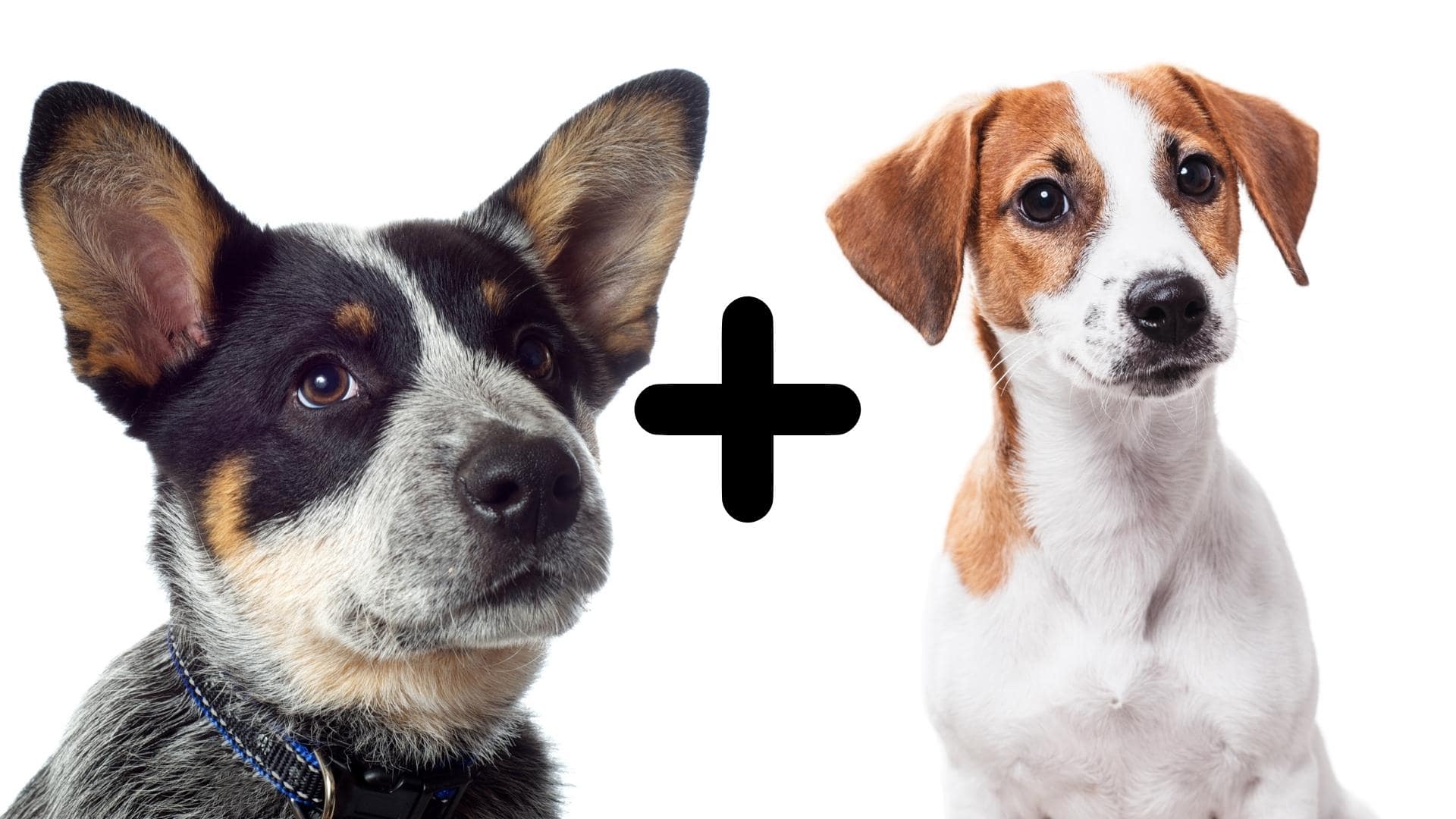
What Is A Cattlejack?
The Cattlejack is a mixed breed between the Australian Cattle Dog and the Jack Russell Terrier. They tend to take after their Jack Russell Terrier parent more in terms of appearance, but they have the high energy and working drive of the Australian Cattle Dog. This breed is not recognized by the American Kennel Club (AKC), but they are recognized by the United Kennel Club (UKC) and the American Canine Hybrid Association (ACHA).
What Was The Jack Russell Cattle Dog Mix Bred For?
The Jack Russell Cattle Dog mix is a designer breed that wasn’t bred for any particular working purposes. They were primarily bred because of people’s love for both parent breeds and wanting to combine them, bringing both of their wonderful qualities into one lovable dog.
However, they do have the high energy and working drive of their Australian Cattle Dog parent, so they would likely excel at any task you put them to. They would make great farm or ranch dogs and family pets.
Where Do Jack Russells Come From?
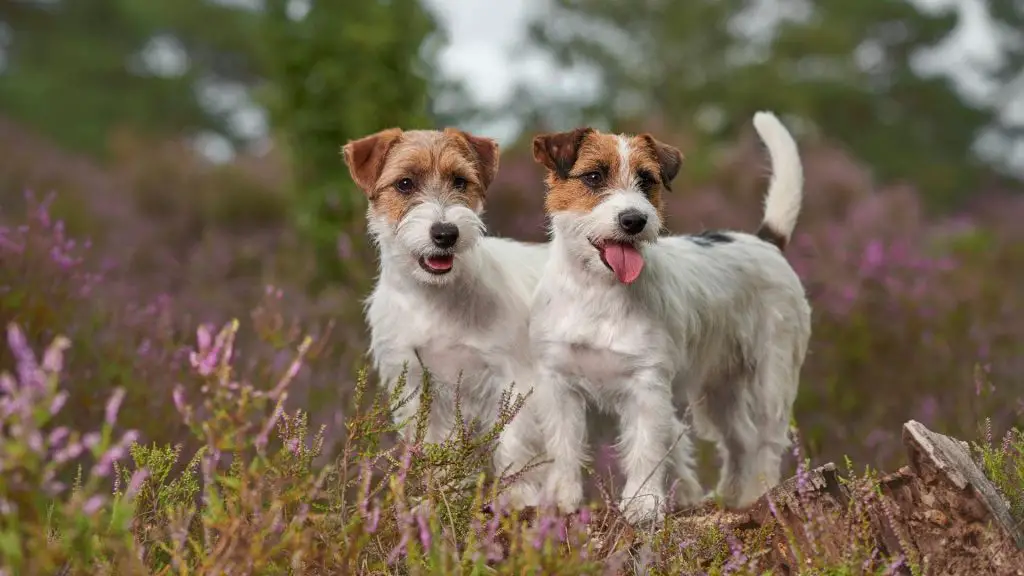
The Jack Russell Terrier was initially bred in England in the 1800s by Parson John Russell. He wanted to create a small terrier that could help hound dogs catch foxes. The Jack Russell Terrier was bred from a white terrier named Trump, and they were originally called the Working Terrier. In 1876, the Jack Russell Terrier was recognized as a distinct breed by the Kennel Club in England.
Jack Russell Terriers made it to the US in the early 1900s and became a popular breed for their workability and as family pets. They were recognized by the AKC in 2000.
Where Do Australian Cattle Dogs (Blue Heelers) Come From?
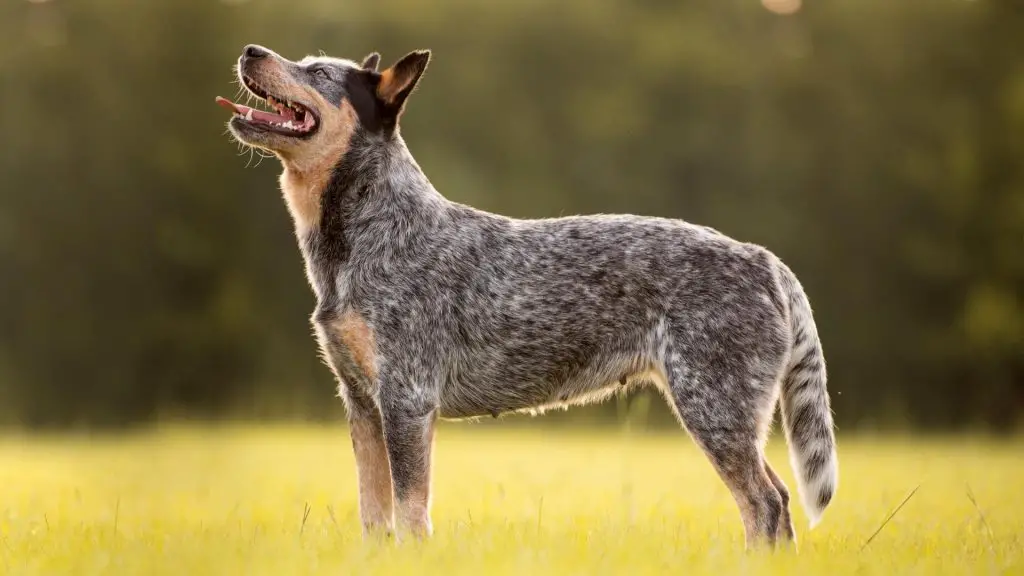
The Australian Cattle Dog, also known as the Blue Heeler, was bred in Australia in the 1800s. They were originally bred from the Dingo and other herding dogs. Farmers needed a dog that could withstand the heat and continue to work, which is why they bred dogs with Dingos, which were native to Australia.
They were bred to be working dogs on farms and ranches, and they are still used for that purpose today. They are also popular family pets because of their loyalty and affectionate nature. The Australian Cattle Dog was recognized by the AKC in 1980.
Blue Heeler Jack Russell Mix Appearance & Traits
Size (Weight & Height)
The Blue Heeler Jack Russell mix is a medium-sized dog that typically weighs between 15-50 pounds and stands 10-20 inches tall. The ranges are quite large because depending on which breed they take after, more will largely impact their size.
If they take after their Blue Heeler parent, they’ll be slightly bigger. If they take after their Jack Russell Terrier parent more, they’ll be smaller.
Also, as with other breeds, whether they’re a male or female has an impact on their adult size as well. Females tend to weigh less and be slightly shorter, while males tend to be heavier and slightly taller.
Although, at the end of the day, their weight is primarily determined by their owner. How much they get fed, the quality of their food, and how many opportunities they get for exercise will ultimately decide whether or not they stay within that range or go beyond it.
Coat Colors & Texture
The Blue Heeler Jack Russell mix can come in a variety of colors. The most common colors are black, blue, brown, and red. They can also come in brindle, fawn, and merle.
The coat texture of the Blue Heeler Jack Russell mix can also vary depending on which parent breed they take after more. If they take after their Blue Heeler parent, they’ll have a longer, more dense coat. If they take after their Jack Russell Terrier parent more, they’ll have a shorter, finer coat.
Shedding & Grooming
The Blue Heeler Jack Russell mix is an average shedder. They will shed more during the spring and fall months when they are “blowing out” their coat to prepare for the warmer and cooler months. Brushing them once or twice a week will help to remove any loose hair and help to cut down on the amount of hair they shed.
Some owners also like to use a blow dryer on their dog to help blow out their dog’s coat to help with the amount of shedding inside their home.
In general, they are a relatively low-maintenance breed when it comes to grooming. A bath every few months should suffice, and brushing their teeth a few times a week will help to keep their teeth and gums healthy.
As well as trimming their nails and cleaning their ears roughly every 4 weeks.
Are Blue Heeler Jack Russell Mixes Hypoallergenic?
No, the Blue Heeler Jack Russell mix is not a hypoallergenic breed. They do shed and will require regular grooming. Unfortunately, their skin and coat produce the dander that people allergic to dogs have a reaction to.
Ears & Tail
The Blue Heeler Jack Russell mix can have either erect or semi-erect ears. The shape and size of their ears will depend on which parent breed they take after more. If they take after their Blue Heeler parent, they’ll have longer, more pointed ears. If they take after their Jack Russell Terrier parent more, they’ll have shorter, rounder ears.
The tail of the Blue Heeler Jack Russell mix can also vary. If they take after their Blue Heeler parent, they’ll have a longer tail that is often sickle-shaped. If they take after their Jack Russell Terrier parent more, they’ll have a shorter, stumpy tail that is usually docked.
Eye Color
The Blue Heeler Jack Russell mix can have a variety of eye colors. The most common are brown, but they can also have blue, green, or hazel eyes. Their eye color often depends on their coat color. For example, dogs with black coats often have brown eyes, while dogs with blue coats often have blue eyes.
Lifespan
The lifespan of the Blue Heeler Jack Russell mix is around 12-15 years. This is about average for most small to medium-sized dog breeds. However, their lifespan can be affected by several factors, such as their diet, exercise routine, and whether or not they have any health conditions.
Common Health Issues

The Blue Heeler Jack Russell mix is generally a healthy breed. However, there are a few health conditions that they may be more prone to, such as hip dysplasia, deafness, and eye conditions.
Hip dysplasia is a condition that affects the hip joint and can cause pain, lameness, and arthritis. It is often genetic and can be worsened by obesity.
Deafness is also a condition that can be genetic and is more common in dogs with blue or merle coats. It can also be caused by frequent exposure to loud noises.
Eye conditions, such as lens luxation, progressive retinal atrophy, and glaucoma, are also relatively common in this breed. They can be caused by genetics, injury, or disease.
Trainability & Intelligence
The Blue Heeler Jack Russell mix is known to be a rather intelligent breed. For experienced dog owners, they can be easily trained and, because of their smarts, can be used in various dog sports, such as agility, obedience, and flyball.
This breed is also known to be quite headstrong and stubborn if they aren’t challenged mentally. They can be willful and determined, making training a challenge for novice dog owners. However, they can be trained to do just about anything with patience and consistency.
Positive reinforcement training works the best with this breed as well.
Activity Level & Exercise Needs
The Blue Heeler Jack Russell mix is a relatively high-energy breed that needs a good amount of daily exercise. Their parent breeds were bred to work all day long, so they have a lot of stamina. Therefore, a minimum of 30 minutes to an hour of exercise a day is ideal for this breed. However, more, in general, is even better for them.
This breed is not well suited for apartment living and does best in a home with a yard. They also do well in rural areas where they have plenty of space to run around.
If they don’t get enough exercise, they can become destructive. They may start chewing on things, digging holes, or barking excessively. As the saying goes, a tired dog is a good dog, so it’s important to ensure they are getting enough exercise.
It’s also important to note that mental stimulation is equally important for them. It’s best that they have plenty of stimulating toys and puzzles to keep their minds occupied, are challenged with their training, and get many socialization opportunities.
Temperament & Behavior
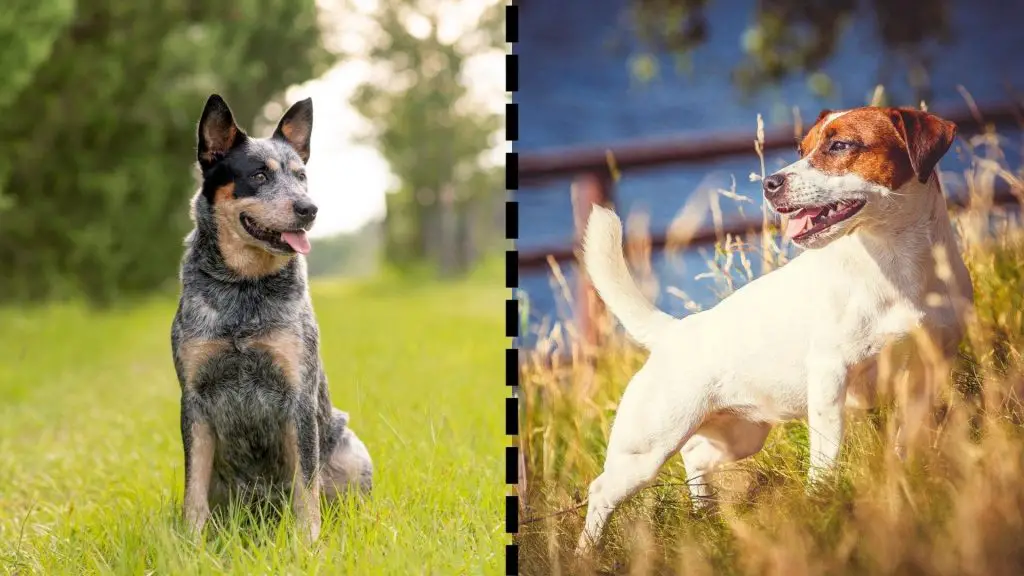
Do Blue Heeler Jack Russell Mixes Bark A Lot?
The Blue Heeler Jack Russell mix is known to be a relatively quiet breed. They are not known to be yappy or bark excessively. However, like all dogs, they may bark when excited, anxious, or guarding their home.
Jack Russells tend to bark more than Australian Cattle dogs, but since mixed breeds are generally calmer than their purebred parents, they aren’t likely to bark excessively.
They can always be trained to bark less if it becomes too disruptive for your liking.
Do Blue Heeler Jack Russell Mixes Like To Cuddle?
The Blue Heeler Jack Russell mix is a relatively affectionate breed. They enjoy being around their family and will often want to cuddle and be close to them. They are also quite loyal and protective of their family, making them good watchdogs.
While they may not be the most cuddly breed, they enjoy being close to their family.
However, the more you cuddle with them as a young puppy, the more they’ll enjoy this type of closeness. How much they enjoy cuddling largely depends on their experiences being close to loved ones as a puppy.
Are Blue Heeler Jack Russell Mixes Good With Kids?
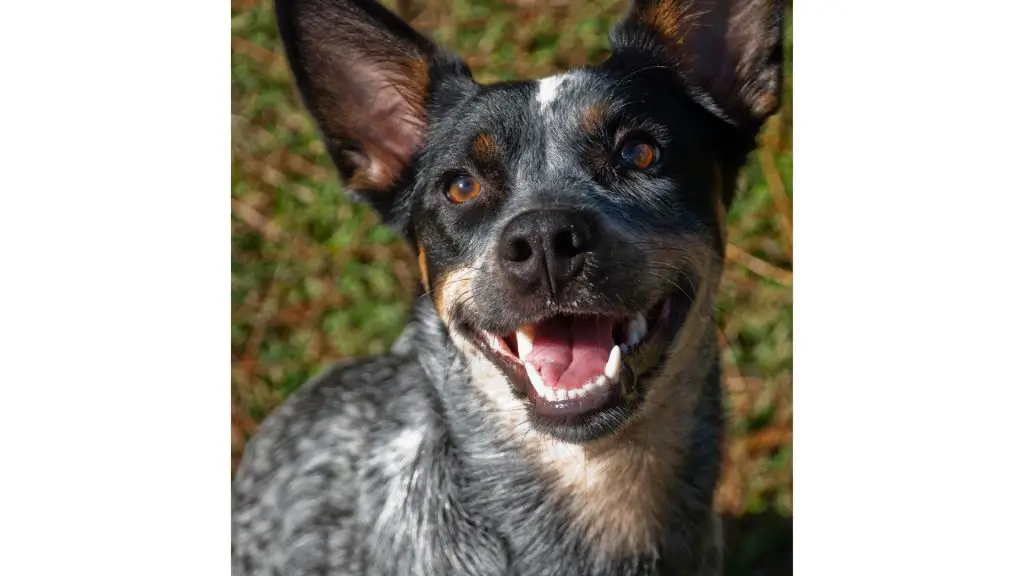
The Blue Heeler Jack Russell mix is known to be a good breed for families with kids. They are patient, tolerant, and often very good-natured around children.
While they’re typically good with kids, it’s still best to keep an eye on them with their initial interactions with children. They’re not known to be nipping or overly aggressive, but it’s better to be safe than sorry.
Also, some kids don’t know how to behave around dogs, so they may poke, grab, or pull on their tail/ears, which makes the dog react. Ultimately, when it comes to dogs and kids getting along, both need to understand how to interact with one another appropriately.
Are Blue Heeler Jack Russell Mixes Good With Other Dogs?
The Blue Heeler Jack Russell mix does best when socialized early and often. They can get along with other dogs but may be initially wary or suspicious of them. It’s important to socialize them early so that they learn how to interact with other dogs in a positive way.
If you have another dog in the home, it’s best to introduce them slowly and let them get to know each other at their own pace. They may eventually become best friends, but it’s important to let them take their time getting to know one another.
Are Blue Heeler Jack Russell Mixes Good With Strangers?
The Blue Heeler Jack Russell mix can be suspicious of strangers and may bark at them when they first meet. It’s important to socialize them early so that they learn to trust and accept people outside of their immediate family.
If you have visitors over, it’s best to introduce them slowly and let the dog approach them at their own pace. Once they get to know the person, they’ll likely be more accepting of them.
In general, the more unfamiliar people they meet as a puppy, the better they’ll behave around strangers as they get older.
Are Blue Heeler Jack Russell Mixes Good Apartment Dogs?
The Blue Heeler Jack Russell mix can do well in an apartment but may need more exercise than some other breeds. They are relatively active dogs and need to be taken on a daily walk or run.
If you live in an apartment, it’s important to ensure you can provide them with the exercise they need. If you can’t, it’s best to consider another breed.
Even though they’re a smaller breed and won’t take up too much space, they need physical and mental stimulation every day. Without it, they may resort to being destructive or overly vocal.
What Is The Price Of A Blue Heeler Jack Russell Mix?
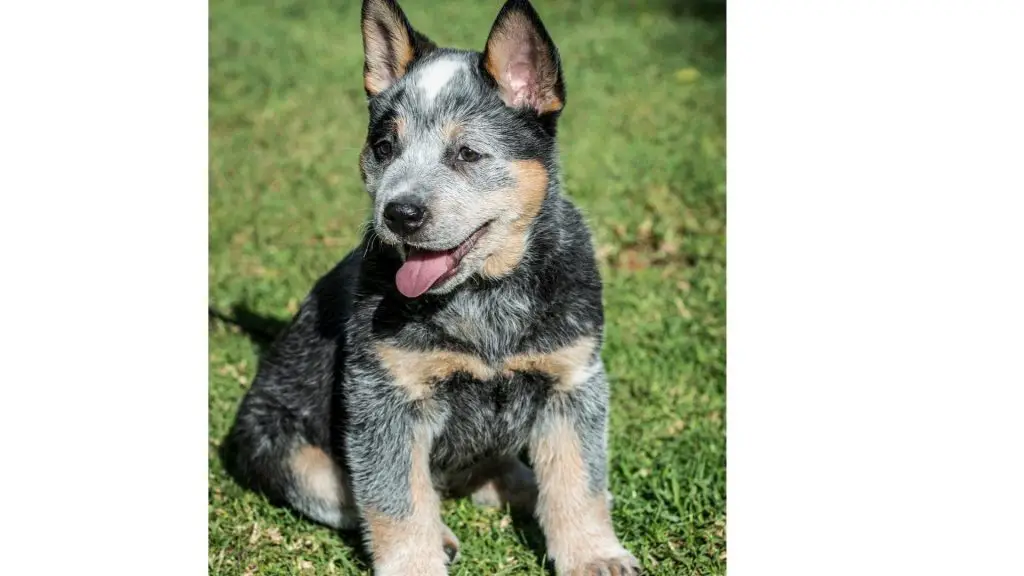
Blue Heeler Jack Russell mixes will cost anywhere between $500 to $1,250. Be very careful when you see a Cattlejack going for much lower prices.
Always make sure you are getting your puppy from a reputable breeder.
There are many unscrupulous breeders out there who are looking to make a quick buck by selling sick or unhealthy dogs.
Where Can You Buy A Blue Heeler Jack Russell Mix?
Considering this breed is relatively new and not very popular as of writing this article, they can be a little challenging to find.
Your best bet is to look at websites like Greenfield Puppies or Lancaster Puppies, as they help connect you with many breeders. They have options for Australian Cattle Dog mixes, and Jack Russell Terrier mixes. Whether they have Cattlejacks available will depend on the time of year and if they become increasingly or decreasingly popular.
You can also reach out to your local shelter or check Facebook’s Marketplace.
Breeds Similar To The Blue Heeler Jack Russell Mix
If you’re looking for a similar breed to the Blue Heeler Jack Russell mix, here are some other options to consider:
- Jack Russell Lab mix (Jackador)
- The Catahoula Australian Cattle Dog mix (AKA Catahoula Blue Heeler)
- Blue Heeler Rat Terrier mix
- Blue Heeler Jack Russell Mix (AKA Cattlejack): Breed Profile
- Blue Heeler Corgi Mix (AKA The Cowboy Corgi): Complete Guide
Final Thoughts
The Cattlejack mix is a unique and relatively new breed. They are a cross between the Australian Cattle Dog and the Jack Russell Terrier. This breed is not for everyone as they require a lot of exercise and stimulation. They are also not the easiest to find as they are not very popular quite yet.
However, if you are looking for a loyal and loving companion and can find a breeder, this may be the dog for you. Be sure to do your research and purchase from a reputable breeder to ensure you are getting a healthy puppy.
